Born in the border city of Strasbourg, Georges Loinger learned to speak German fluently. With his blue eyes and blond hair he certainly didn’t fit the typical Nazi vision of what a Jew should look like.
By the end of WWII, he had been party to successful rescue missions involving hundreds of Jewish children whose parents had been deported to prison camps.
In 2005, he was made a commander in the French Legion of Honour.
Strasbourg was part of Imperial Germany in 1910, but the regions of Alsace and Lorraine were repatriated to France after the end of WWI.
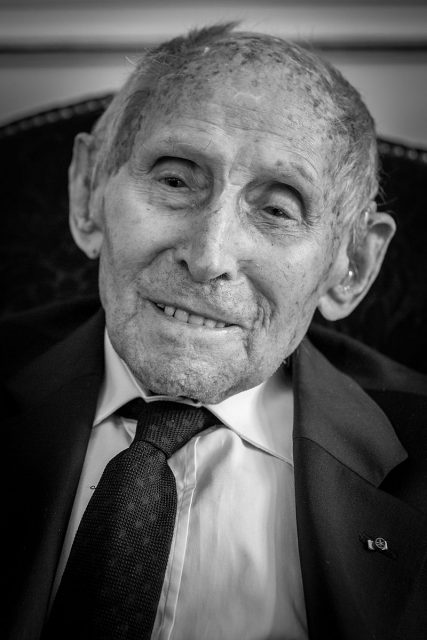
At that point, French replaced German as the official language being taught in school. This change gave Loinger his language advantage later during WWII.
He studied engineering in Strasbourg but moved to Paris to become a Physical Education teacher.
As a soldier in the French Army, he was captured by the Germans in 1940 and transported to a Prisoner of War camp near Munich. He escaped later that year with a cousin and went on to join the French Resistance.
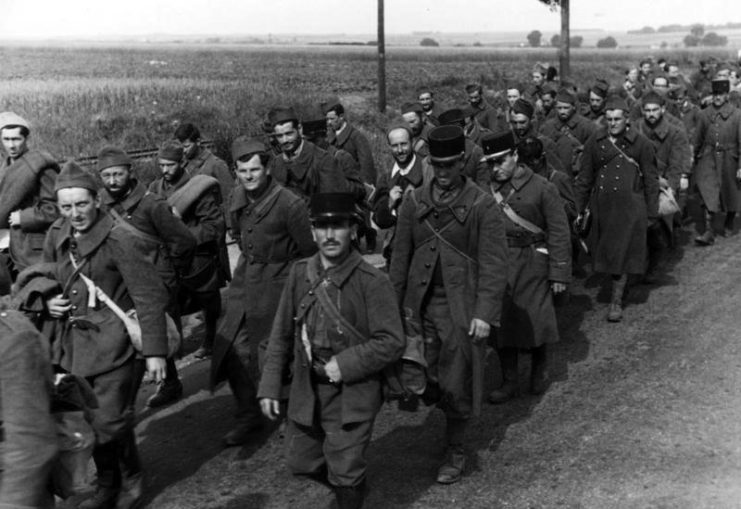
His wife chose to work for the Oeuvre Secours aux Enfants (OSE), a relief organization that assisted the French Resistance in rescuing Jewish children.
Loinger worked with the OSE, organizing sporting activities to help ease the tensions of living under the Nazi occupation.
In 1943, when efforts were stepped up to kill the French Jewish population, he became part of the mission that saw hundreds of children spirited across the Swiss border to safety.
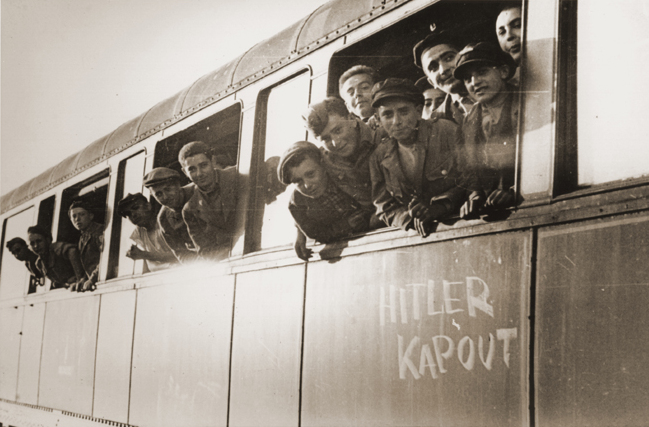
One scheme in particular was so successful that Loinger would repeat it a number of times.
He would take the children by train to the small town of Annemasse, just across the border from Geneva. On arrival, the children would be led through doorways signed “Exit For Campers” where they would be fed.
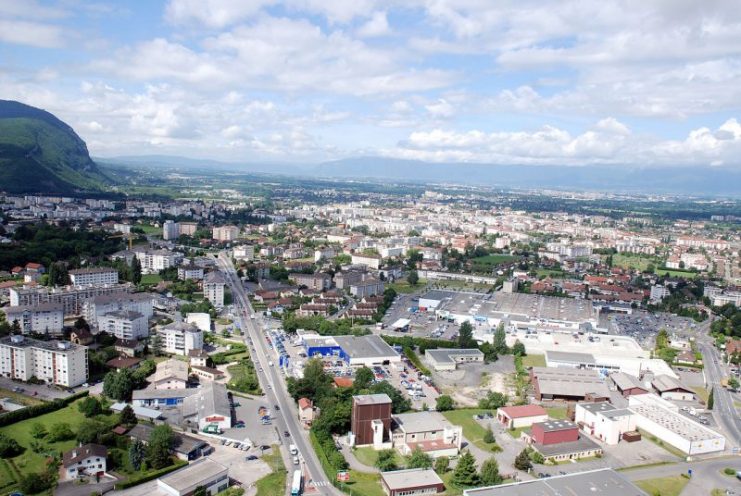
A day or two later, Loinger would take the children to a playing field where they would happily play ball games until nightfall, forgetting the ever-present danger they lived with.
Once it was dark, he would walk the children over to the border, far from any road or footpath, where another Resistance fighters would help the children slip through the barbed wire border fence.
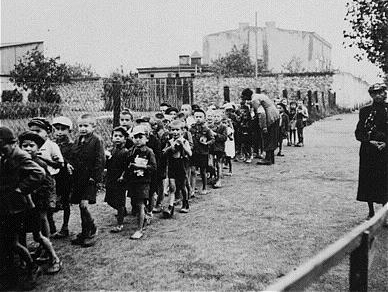
After the children had crossed the border, other members of the Resistance would take them to safety.
During one of the trips to Annemasse, Loinger was in charge of 50 German and Austrian Jewish children. Each one had been given French names to disguise their true identities. They were under instruction not to reveal any details of their lives to anyone.
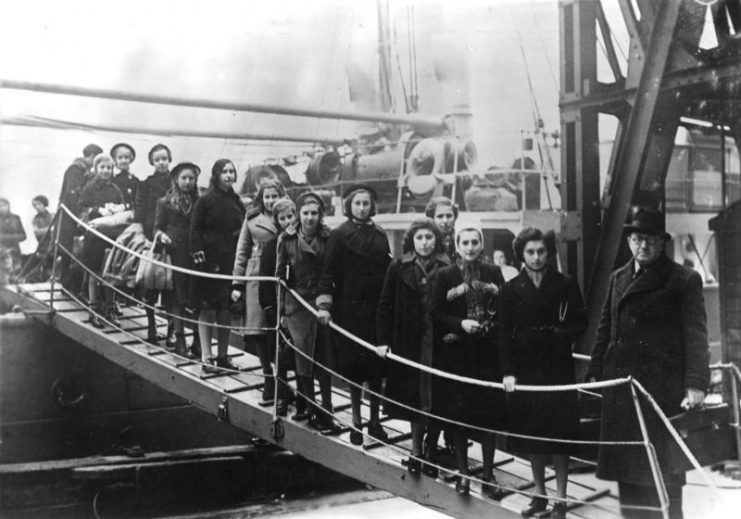
At a station stop, they were joined by German soldiers and a curious commanding officer. Loinger explained that the children were from Marseilles, which had recently been bombed. He said they were on their way to a rest camp.
The children sang and played with the German troops for the rest of the train journey. At Annemasse, the officer had his men escort the children from the train to the reception center.
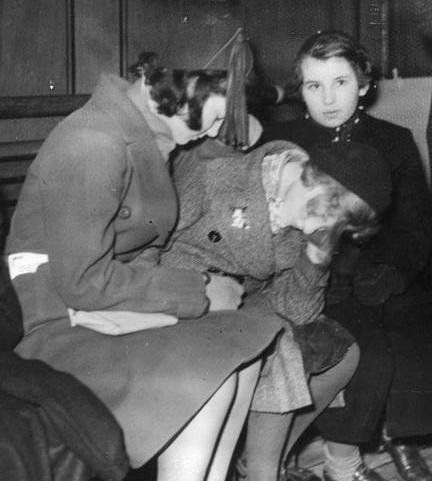
“You had to see the soldiers with their guns and my Jewish kids!” Loinger said in a 2015 interview.
These clandestine operations were supported by the town’s Mayor, Jean Deffaugt, and Ernest Balthazard, who ran the reception center. On one trip, Loinger was joined by his cousin, mime artist Marcel Marceau.
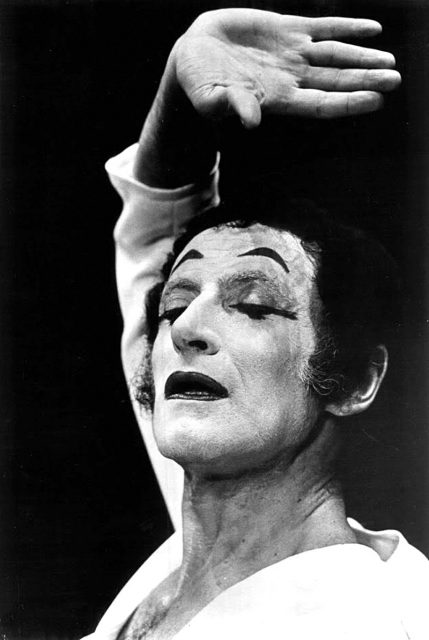
Another ploy was to take the children to a local cemetery dressed as mourners and then boost them over a wall via a gravedigger’s ladder into Switzerland.
At the time, the border was patrolled by Italian Soldiers, some of whom were sympathetic to the cause. When the border patrol was taken over by the German Army, things became much more dangerous.
In 1944, Loinger crossed the border into Switzerland with his wife Flore, and two young sons Daniel and Guy. However, he himself turned back and returned to France as he still had work to do.
Loinger was awarded the Croix de Guerre, the Resistance Medal, and the Legion of Honour along with the Order of Merit of the Federal Republic of Germany. He died at his Paris home on the 28th December 2018, following a recent fall.
